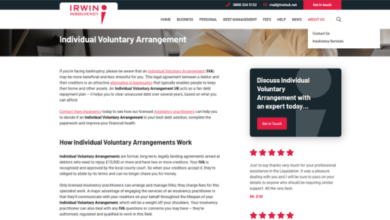Heat treating a knife without a forge can be done using alternative methods like a propane torch, a kitchen oven, or even a campfire. Proper heat treatment is crucial to improve a knife’s hardness, durability, and edge retention. Here’s how you can heat treat a knife without a forge:
Note: This process involves working with high temperatures, so take safety precautions, such as wearing heat-resistant gloves and eye protection.
Materials Needed:
- Propane torch or map gas torch
- Heat-resistant gloves
- Eye protection
- Stainless steel wire
- Kitchen oven (if tempering)
- Container of vegetable oil or canola oil
- Firebrick or fire-resistant surface (if using a propane torch)
- Thermometer (for tempering)
Steps:
- Prepare the Knife:
- Ensure your knife is clean and free of any oil, dirt, or contaminants. You want the blade to be as clean as possible for effective heat treatment.
- Hardening:
- Heat the blade evenly with a propane torch or map gas torch until it reaches a critical temperature. The critical temperature varies depending on the type of steel used but is typically between 1,400°F (760°C) and 1,900°F (1,040°C). You can determine this temperature using a magnet; the steel will lose its magnetic properties when it reaches the critical temperature. Keep the blade at this temperature for a few minutes to ensure it becomes fully austenitized.
- Quenching:
- Once the blade has reached the critical temperature, quickly quench it in a container of vegetable oil or canola oil. Submerge the entire blade in the oil and agitate it to ensure even cooling. This rapid quenching process will harden the steel.
- Tempering:
- After hardening, the blade will be very hard but also brittle. To reduce its brittleness and increase toughness, you need to temper it. Place the hardened blade in a kitchen oven at a specific temperature (usually between 350°F to 450°F or 175°C to 230°C) for an hour. Use a thermometer to monitor the oven’s temperature accurately. The exact tempering temperature and duration will depend on the type of steel and desired hardness. Check the specific recommendations for your knife steel.
- Cool Down:
- Allow the blade to cool down slowly in the oven after the tempering process. This slow cooling helps relieve internal stresses and prevents cracking.
- Clean and Sharpen:
- Once the blade has cooled to room temperature, clean it thoroughly to remove any residual oil or contaminants. Then, sharpen the knife to your desired edge using sharpening stones or tools.
- Test Your Knife:
- Test your knife to ensure it meets your performance expectations. Check its hardness, edge retention, and overall functionality.
Keep in mind that heat treating a knife without a forge can be more challenging and less precise than using specialized equipment, but it is still possible to achieve good results with careful attention to temperature and timing. Always follow safety precautions and consult resources specific to the type of steel you are working with for best results.
Also Read:
https://writetechy.com/how-to-groom-a-barbet-dog/
https://writetechy.com/how-to-ground-a-camper/




